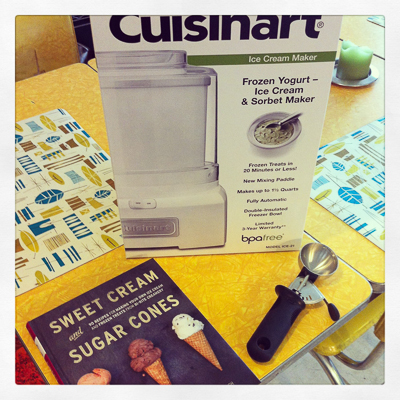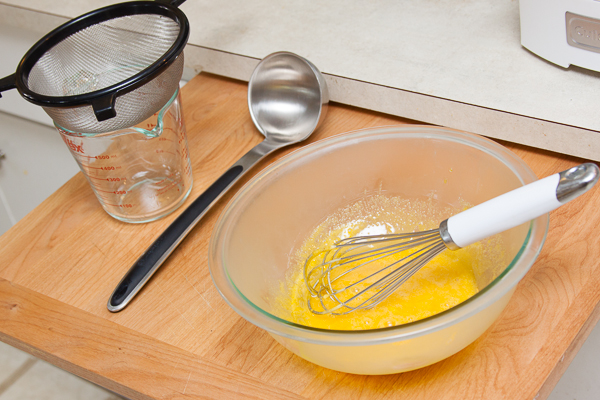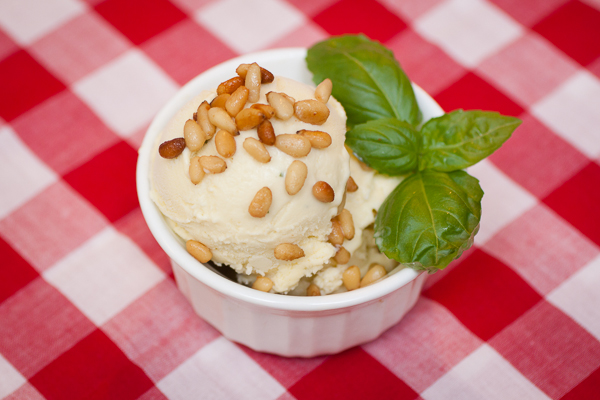go here Finally, it’s August! Time for August’s “Cook the Books” pick, Sweet Cream and Sugar Cones: 90 Recipes for Making Your Own Ice Cream and Frozen Treats from Bi-Rite Creamery! In case you are just tuning in, Cook the Books is a year-long cookbook challenge, hosted by Meg of Grow and Resist and Briggsy of the blog Oh, Briggsy. Meg and Briggsy have chosen a cookbook a month to cook from and participants in the challenge are featured in a round-up at the end of each month.
Prescription Tramadol Online One of the great things about “Cook the Books” is that it is set-up to where you don’t have to participate every month, so there is no pressure there. Since they had picked all the books ahead of time, I knew I was going to do the first few months, at least, and then probably take a break until Sweet Cream and Sugar Cones. The cookbooks they have chosen are all top-notch, but since the books seem to always be out at the library (and I like to buy books anyway), I have been purchasing the books, so I decided I didn’t need twelve new cookbooks and would only do the ones that really stuck out to me.
https://www.insearchofsukoon.com/abekx69r 
https://thefooduntold.com/food-science/71d6f0a1 If you’ve been reading this blog for a while, then you have heard me talk about my lactose intolerance, probably ad nauseam. If you have stuck with me through that, then you know that I live for looking for cow’s milk dairy substitutes, thus my “buttermilk” waffles and homemade goat cheese.
source site Flower has been making her own ice cream for a while now and always comes up with the best, often liquor infused, concoctions. For St. Patrick’s Day last year, she made a Guinness ice cream and one that was candied corned beef flavored. She also made a whiskey ice cream once. She made it look so easy, that experimenting with making my own dairy-free ice cream got put on my list of things to try.
Tramadol Order Online Cod August’s Cook the Books cookbook pick gave me the perfect opportunity to finally try making non-dairy ice cream. It also meant I got to buy an appliance! Plus, it’s August and a great time of year for making and eating ice cream!
source There are so many yummy-looking and unique ice cream flavors in Sweet Cream and Sugar Cones, like salted caramel and strawberry balsamic. And yes, there is recipe for making sugar cones. There are also recipes for sauces, sorbets, shortbreads, brownies and more, so I plan on exploring further. For this time, I just wanted to try a simple ice cream recipe, to see if it would even work with dairy substitutes.
https://etbscreenwriting.com/lp2oh59lbp3 
https://living4youboutique.com/ihnxpjeh9v The book is written by the owners of the Bi-Rite Creamery in San Fransisco and I enjoyed reading about the evolution of the ice cream shop (they were a bakery first) and their philosophy on ingredients (fresh, local, organic) and sharing recipes (they love cookbooks too). The ice cream recipes are divided by flavor type, such as vanilla, caramel and chocolate. Their https://www.pathwaysmagazineonline.com/qq8r1toth basil ice cream (page 176) in the herb section caught my eye, as using as many ingredients from my garden is always a goal and I have basil growing in my windowsill right now.
While I found no mention of dairy substitutes in Sweet Cream and Sugar Cones, there are some sorbet recipes that don’t have dairy in them, so the book is not without dairy-free recipes. The recipe book that came with my ice cream maker, however, said that non-dairy milks such as soy and rice could be substituted for cream, but to “keep in mind that the higher the fat content, the richer and creamier the result”. It even said to keep the volumes the same. Bingo.
Since I have had store-bought non-dairy coconut ice cream before and knew that coconut cream has a high fat content, I decided to try that first. The basil ice cream in Sweet Cream and Sugar Cones calls for heavy cream and 1% or 2% milk. The authors explain, in a chapter on ingredients and equipment, that the reason for using a combination of heavy cream and low-fat milk is so that the fat doesn’t mask the other flavors and “weigh heavy on the tongue”. I wasn’t sure if this would be a problem with dairy substitutes, but figured I’d cut the coconut cream with soy creamer just in case.

I was super excited to be able to use eggs from my chickens. Look at how orange that yolk is!

The basil ice cream recipe has you infuse the cream and milk with the basil first, by heating it and then letting the basil steep for 20 minutes. The yolks, that have been mixed with sugar, are then added to the base and heated again. I’m totally paraphrasing and leaving out steps, just so you know…on purpose, because I am just reviewing this book and recipe, this is not a tutorial. Just to be clear, I’m just showing you the basic steps, that I did, so you can see how easy it is! I have made ice cream once now and am no expert and think you should buy this book if you want to know more. This book also has really great instructions and photos, which really helped me to know what to do, how to do it and in what order.

Once the infused cream and egg and sugar mixture have been heated and combined to a certain thickness, the basil gets strained out and the base gets cooled in an ice water bath and then put in the fridge for a couple of hours to cool some more.
My ice cream maker has a bowl that has to be completely frozen first, which takes between 16-24 hours, so I had to account for that before I started. The way I understand it is, the bowl starts to thaw immediately, so the base has to be cool before it can go in the ice cream maker or it will thaw the bowl and the ice cream won’t firm up enough before the bowl gets too warm. I think if that happens, you just put the bowl, with the ice cream base still in it, back in freezer for a bit. I didn’t want that to happen, my first time making ice cream (in case it screwed something up), so I played by the rules and was patient and waited for everything to cool/be frozen.

And would you look at that? It firmed up. Beautiful. Look how yellow it stayed from the eggs! Now, the recipe says you can eat it immediately or put it in the freezer for a bit to firm up more. It was a pretty nice and firm consistency, but we were full and it was late, so I put it in the freezer. I have to say, I was pretty pleased with myself.
The next evening, when I pulled it out of the freezer, it was firmer, like the way you expect ice cream that has been in the freezer to be. It was like real ice cream! I served it topped with toasted pine nuts, which I could have put directly in the ice cream, but I wanted to make sure they would be good with it first.

Of course, it all comes down to taste. I had heard so much about how homemade ice cream tastes so much better and you can really detect all the flavors more. Was this ice cream really that much better? Well coming from someone who rarely eats ice cream because ice cream shops don’t tend to carry non-dairy ice cream and the store-bought stuff is so sugary… it was amazing. I think the farm fresh eggs really made it. The best way I can describe it, is that it was almost like a frozen custard.
The only downside was that I could barely taste the basil. I am not sure if that is because I should have let the basil steep and infuse longer or if the coconut flavor just overpowered it. I suppose you may not want the basil flavor to be too strong in an ice cream anyway. I like a crunch in my ice cream, so it was really good with the toasted pine nuts. I tore my basil garnish into pieces and put them into my ice cream, so that added some of the basil flavor back in. Now that I know this works, I am going to experiment with other dairy substitutes, maybe ones without such a strong flavor next.
Next up is https://gsaudemarketing.com.br/3j012zf3aid balsamic strawberry ice cream!


2 thoughts on “August Cook the Books: Sweet Cream and Sugar Cones- Basil Ice Cream”